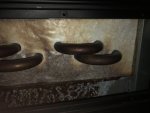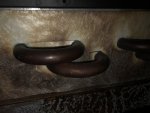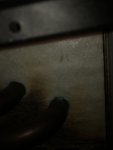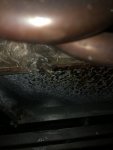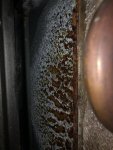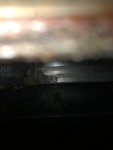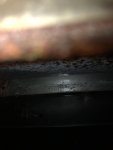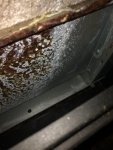Low pH would usually be even thinning/etching of the copper pipe walls. Low pH creates a bright copper color that’s almost red, but that can change over time if the low pH gets corrected.
Excessive chlorine will usually result in turquoise copper color.
Your Pentair WhisperFlo single speed 1.5hp pump is going to create excessive water velocity, in my opinion regardless of the stated upper range in the manual.
In my opinion, the best flow rate is near the lower end of the required flow rate. For a 400,000 btu/hr heater, you want about 40 to 50 gpm.
I would replace the WhisperFlo with a variable speed Intelliflo and keep the flow in the 40 to 50 gpm range when the heater is on and lower when the heater is off.
Another possibility is if the heater ever ran with insufficient flow for some reason. That would cause damage to the copper from overheating.
Post a lot of pictures of the heat exchanger and we will see if anything stands out.
Excessive chlorine will usually result in turquoise copper color.
Your Pentair WhisperFlo single speed 1.5hp pump is going to create excessive water velocity, in my opinion regardless of the stated upper range in the manual.
In my opinion, the best flow rate is near the lower end of the required flow rate. For a 400,000 btu/hr heater, you want about 40 to 50 gpm.
I would replace the WhisperFlo with a variable speed Intelliflo and keep the flow in the 40 to 50 gpm range when the heater is on and lower when the heater is off.
Another possibility is if the heater ever ran with insufficient flow for some reason. That would cause damage to the copper from overheating.
Post a lot of pictures of the heat exchanger and we will see if anything stands out.


